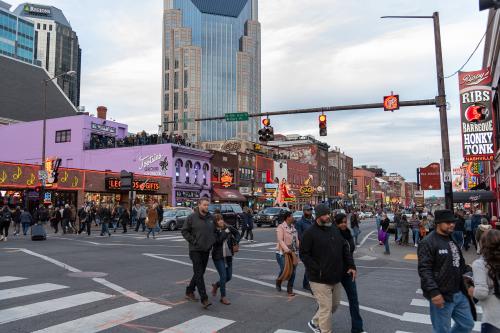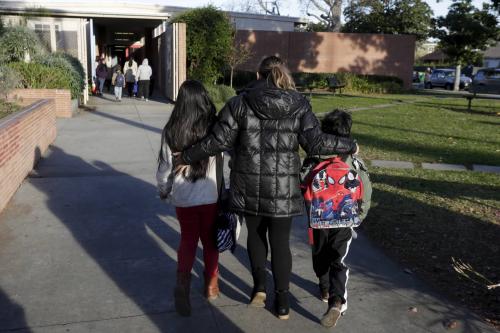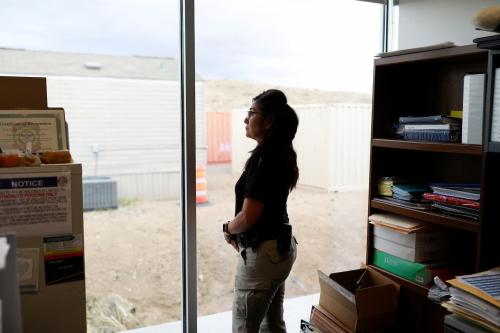Two weeks after Katrina, New Orleans evacuee Judy Jones told the Pittsburgh Post-Gazette: “To be honest, I don’t think there is going to be any more New Orleans. New Orleans is going to be a whole other city when they get finished with it.”
It struck a chord with me as a demographer, because her fear was also mine. It was reinforced a couple months later when I participated in a Louisiana Recovery and Rebuilding Conference which trotted out grand plans to remake the city’s economy, architecture and infrastructure in a forward-looking, 21st century mode.
What was missing was the equally important concern of retaining the city’s essential lifeblood—the uniquely vibrant and rooted demographic character of its modest neighborhoods, whose residents got swept away almost as quickly as their houses.
Two years later, I still share Judy Jones’ fear.
Census figures from fall 2005 indicated evacuees to be primarily black, lower-income households who were either renters or owners of modest homes.
Recent census estimates show that while 64 percent of the city’s pre-Katrina white population returned by July 2006, only 43 percent of black residents—and just 22 percent of black residents age 25-34—did so.
And while new city estimates show the population to be nearly 300,000, this includes new migrants, including needed Hispanic workers, rather than the bulk of minority, lower income evacuees who gave life to the city’s famed tourist industry.
Many of those migrants are probably resigned to soldiering on in their current communities, taking with them much of New Orleans’ essence as a place.
So, then, what “whole other city” will evolve?
The best-case migration scenario would be to replicate New South superstars like Atlanta, Dallas and Houston—places with booming industries that attract jobs and professional workers from all over the United States.
Yet even pre-Katrina New Orleans did not have a good track record in attracting the “best and the brightest.” The 2000 census showed a net loss of New Orleans metro college grads over the last half of the 1990s, while the aforementioned areas were gaining large numbers.
And post-hurricane statistics show a tepid return of professionals along with a glut of high-end housing.
Luring professionals requires a strong quality of life: good public schools, low crime, accessible health care and convenient transportation.
On these, the city still measures poorly compared with pre-Katrina standards, according to the recent Brookings/Greater New Orleans Community Data Center “New Orleans Index.”
This leads to the worst-case migration scenario for the New Orleans’ future: one where the city continues to lose its middle class to the suburbs and elsewhere, at the same time it is unable to accommodate the tens of thousands of far-flung evacuees who desire to come back but are losing hope every day.
It was indeed a horrific disaster. Plans and strategies are still being discussed by people of good will. But it’s two years and counting, the clock is ticking, and for better or worse, Judy Jones’ prediction is still in play.



Commentary
Op-edNew Orleans, a ‘Whole Other City’?
August 28, 2007